Affordable Plant-Based Eating: 8 Strategies for Budget-Friendly and Nutritious Meals
In today’s economy, a top concern for healthy eating is the price of groceries. The good news is that many plant-based protein foods are less expensive than their animal-based counterparts. Whether you are a full-time plant-based eater or are just looking to incorporate more meatless meals to help keep your grocery bill low, I’ve rounded up 8 of my favorite strategies for keeping meals both nutritious and affordable.
#1- Choose whole foods, not processed foods.
Foods that require processing, packaging, and branding are typically more expensive to help mitigate the manufacturer’s cost of production. On top of that, processed foods tend to be higher in nutrients like saturated fat and sodium. For both your health and wallet, choose the whole food option of your favorite plant proteins. For example, tofu is typically much less expensive than soy-based faux meat, as are whole beans instead of pre-made bean burgers.
#2- Preparation is the key to success.
Going into the grocery store without a plan is a surefire way to spend more than planned, increasing the likelihood of food waste. I recommend setting aside 20 minutes to plan your weekly meals and write a list accordingly. This also frees up more time in the store to compare prices instead of aimlessly walking around deciding what to make. I also like to limit myself to 1-2 impulse buys. That way, I have some flexibility when inspiration strikes and the latest tofu marinade tempts me.
#3- Keep a list of what you have on hand.
As a type A person, I’m a firm believer in list-making. When your fridge and freezer are full, it can be hard to remember what you have on hand. Try keeping a running inventory. This can help you use what you have when meal planning and also tells you what you are running low on so that you aren’t buying duplicates.
#4- Buy shelf-stable items in bulk…
If you have a warehouse grocery store nearby where you can purchase in bulk, you’re in luck! Plant-based proteins like dried beans, lentils, nuts, and seeds have a long shelf life. By purchasing and storing larger quantities at one time, you can save a few dollars in the long run.
#5-… and buy perishable items in smaller batches.
The European style of grocery shopping typically involves more visits to the grocery store or local market each week. People often buy just enough for the next couple of days to prevent perishables like fresh fruits and vegetables from rotting away in the pantry. This may be possible if you live near a market or store. If not, the next tip is for you.
#6- Try frozen or canned produce.
Frozen produce is just as nutrient-dense as fresh produce when not packed in a syrup or sauce. This is because it is harvested at peak ripeness and then frozen to retain its nutrients. If fresh produce is hard to come by, stock up on frozen goodies to reduce food waste from fresh produce spoiling.
#7- Shop seasonally.
Another tip to prevent produce from spoiling is to shop seasonally (and locally if possible). Seasonal produce usually lasts longer than out-of-season options. Local, seasonal produce is sometimes less expensive as it requires less cost to ship long distances. Check out the options in your area; there may be markets or even delivery services that bring fresh produce closer to you.
#8- Eat out wisely.
As grocery prices have increased, so has the cost of dining out. But still, making your food at home is still less expensive once you factor in tips or delivery fees. Evaluate when eating out makes sense to you. If saving time in the mornings by not packing a lunch is more important to you right now than eating out socially, then great! But if you have the bandwidth to prepare your foods in your own home, it leaves more room in the budget for those social hangouts that pop up, planned or unplanned. When you eat out, try to choose restaurants catering to plant-based eaters. These places will have a plant-based protein included in the meal. Whereas if you eat out somewhere else and request the meat to be left off, you may still pay the full price without a full tummy.
Spending money on food can seem burdensome, but it is one way to invest in your health. There are ways to invest more wisely. I hope that these strategies will help you accomplish just that. And hey, food still costs a whole lot less than healthcare!


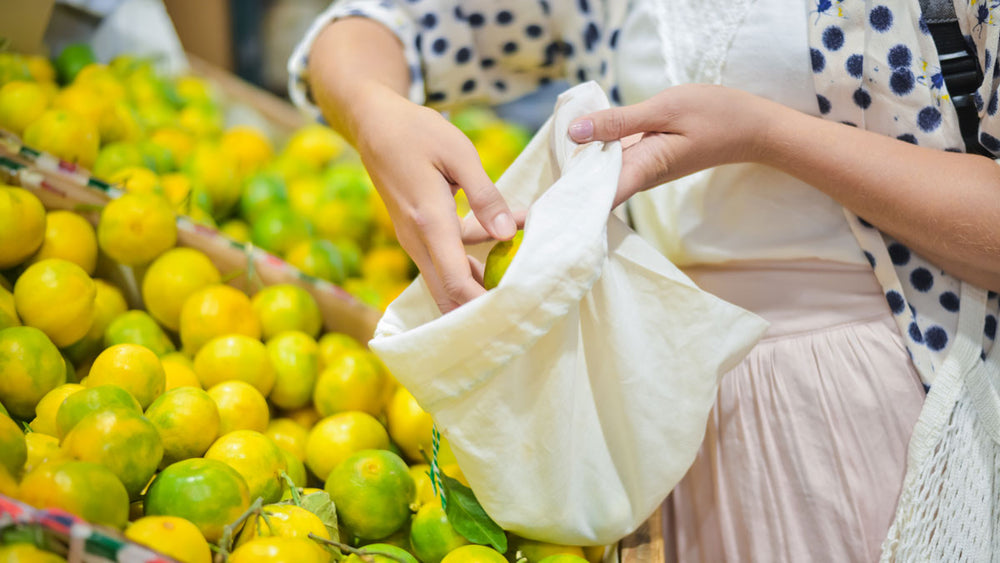
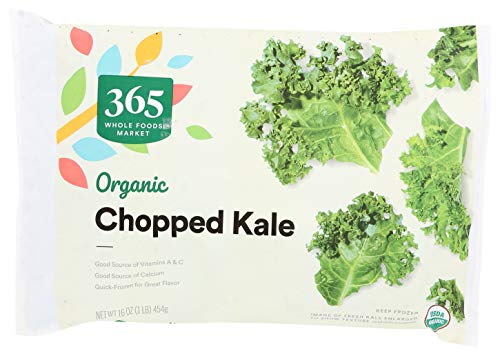
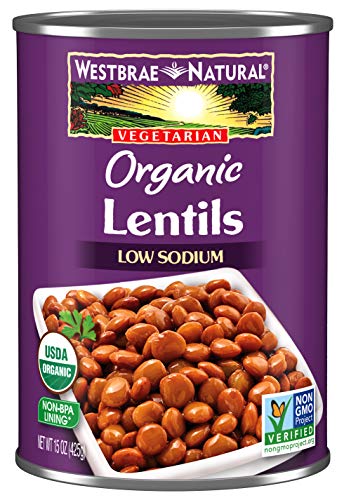
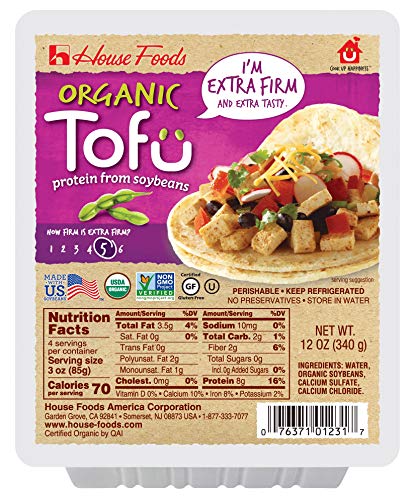

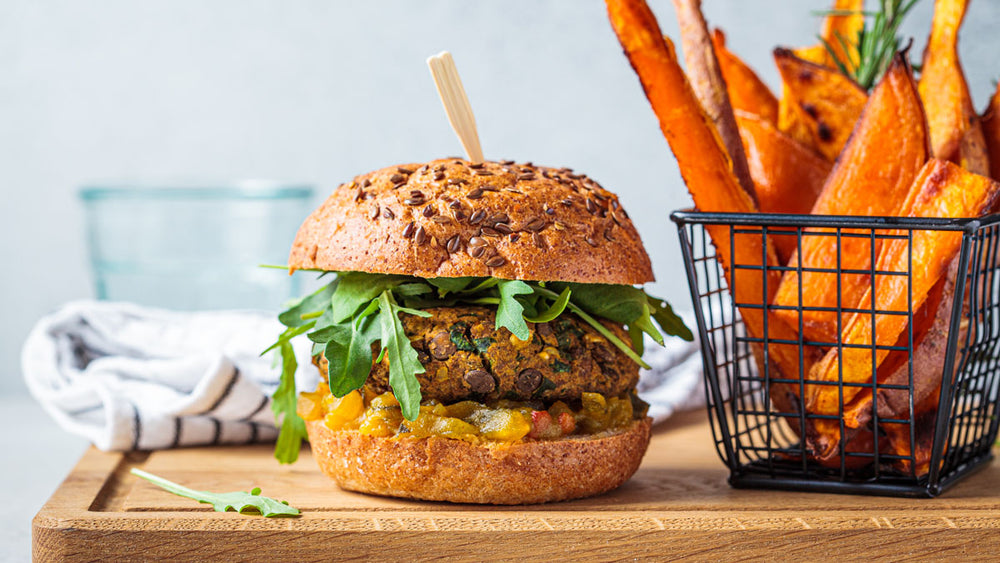


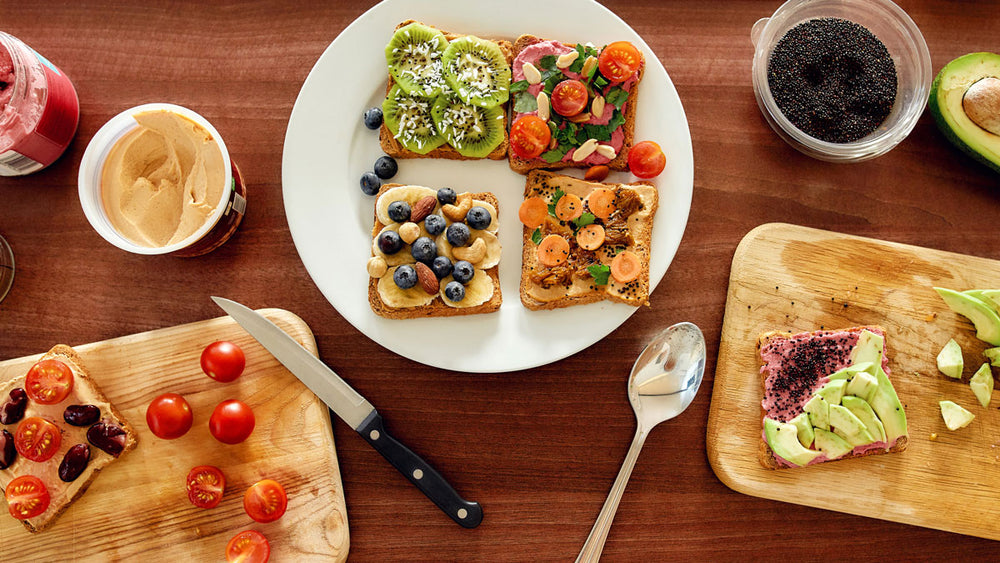










Comments
Join The Conversation...